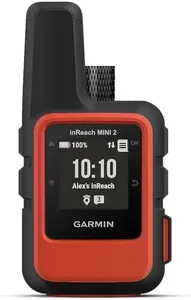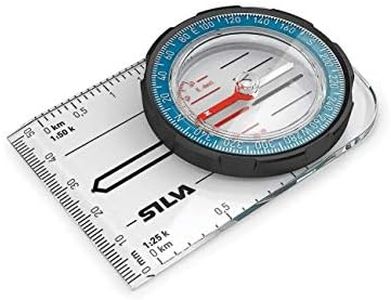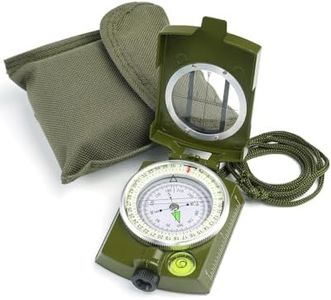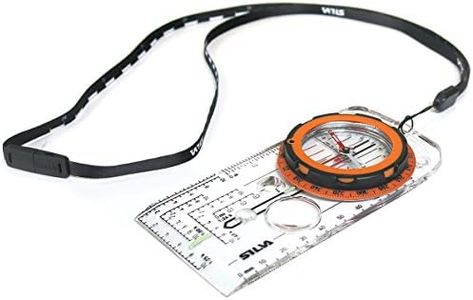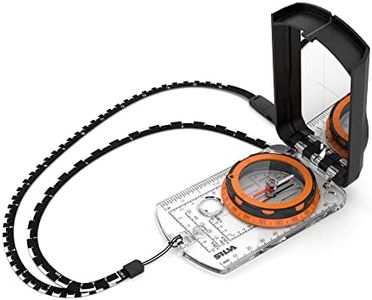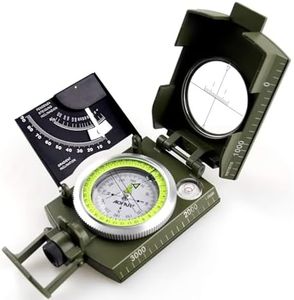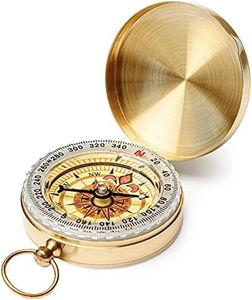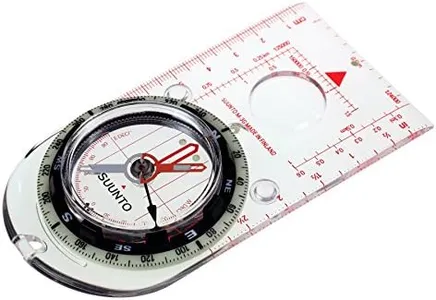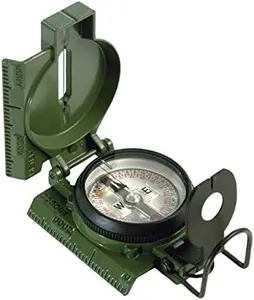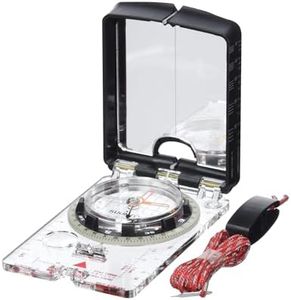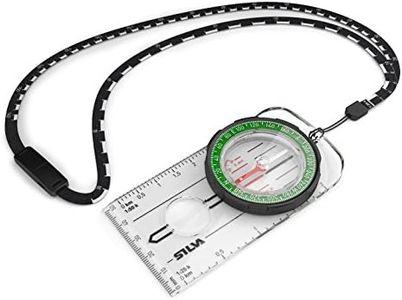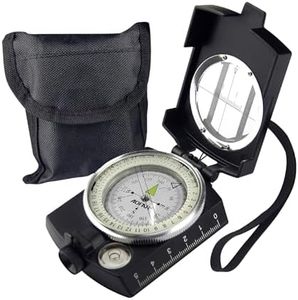We Use CookiesWe use cookies to enhance the security, performance,
functionality and for analytical and promotional activities. By continuing to browse this site you
are agreeing to our privacy policy
10 Best Hiking Compasses
From leading brands and best sellers available on the web.#3
Buying Guide for the Best Hiking Compasses
Choosing the right hiking compass is important for anyone who enjoys exploring the outdoors. A good compass helps you navigate through unfamiliar terrain, stay on course, and find your way back if you get lost. When picking a compass, it’s essential to understand the features that matter for your style of hiking, so you can find one that is reliable, easy to use, and suited to your needs.Type of CompassThere are several main types of hiking compasses, including baseplate compasses, lensatic compasses, and digital compasses. The type of compass refers to its design and intended use. Baseplate compasses are lightweight and easy to use for map navigation, making them great for most hikers. Lensatic compasses are often used by the military and have a sighting lens for accurate bearings, which is good for precise navigation. Digital compasses are electronic and can be found in watches or GPS devices, offering convenience but relying on batteries. For general hiking, a baseplate compass is usually the best choice for its simplicity and effectiveness.
Declination AdjustmentDeclination adjustment is a feature that lets you compensate for the difference between true north and magnetic north. This is important because maps use true north, but compasses show magnetic north. Having a compass with declination adjustment means you can set it once and not worry about doing mental calculations every time you use your map. Compasses with fixed or no declination adjustment require you to remember this difference. If you hike in different regions or want easier navigation, pick one with adjustable declination.
Baseplate FeaturesThe baseplate is the flat, transparent part of the compass that rests on your map. Features to consider include map scales, a ruler, and a magnifier. These help you measure distances, read map details, and align the compass with your route. If you often plan routes on the map or want easier navigation, look for a compass with clear, versatile baseplate features.
Sighting MechanismSome compasses have a sighting mirror or lens to help you take precise bearings on distant landmarks. This feature makes it easier to navigate through difficult terrain by giving you a more accurate reading. If you tend to travel through challenging environments or need extra precision, a compass with a sighting mechanism can be helpful. For casual trail hiking, this feature may not be necessary.
Durability and Build QualityA hiking compass should be built to handle drops, moisture, and rough use. Durability means the compass will last longer and stay accurate even in tough conditions. Look for compasses with scratch-resistant faces, sturdy construction, and sealed bodies. If you are a frequent hiker or travel in harsh environments, prioritize durability to ensure your compass remains reliable.
Luminescent MarkingsSome compasses include luminescent or glow-in-the-dark markings so you can read them in low light or at night. This can be very useful if you hike or camp during dawn, dusk, or nighttime. If you expect to find yourself navigating in poor light conditions, look for a compass with this feature.
